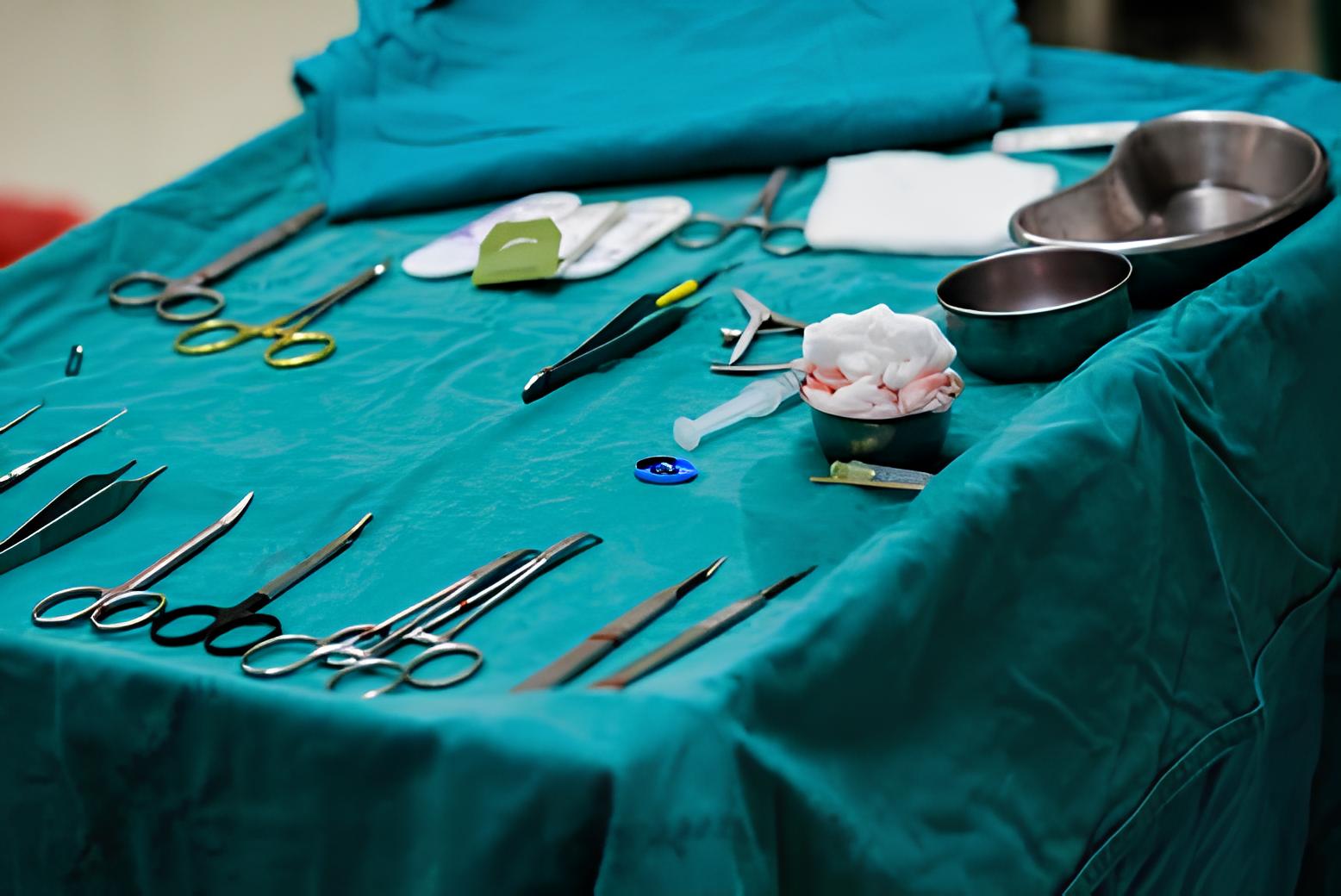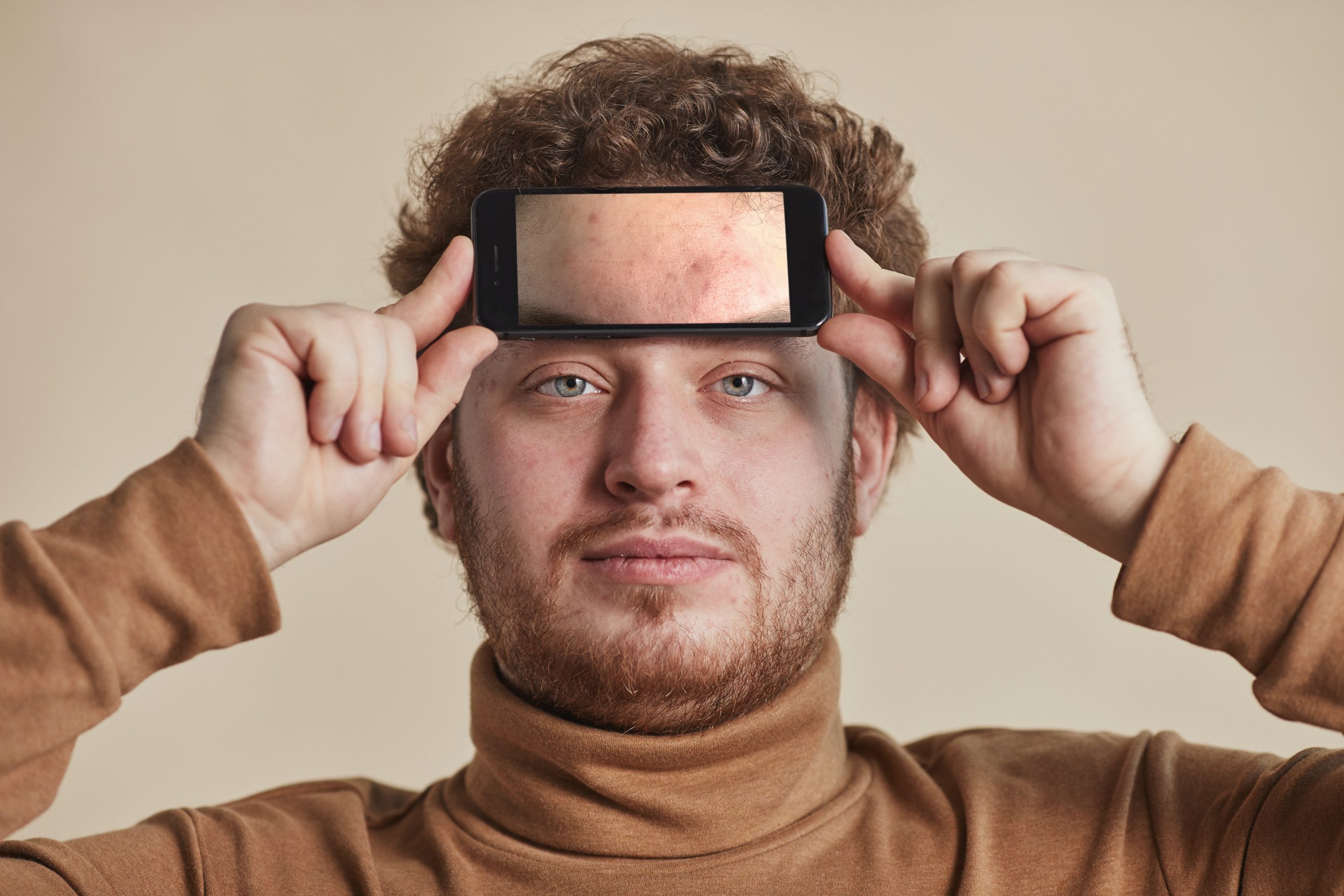In the medical world, technology is a game-changer. One of the latest advancements is mixed reality, also known as MR, which offers new tools for surgeons to refine their skills and improve patient outcomes. This article explores what is MR and how it is revolutionizing the way surgeons practice and perform surgeries.
Simulating Surgeries for Training
Regarding training, mixed reality offers a realistic yet risk-free environment. Medical students can wear MR goggles and interact with real surgical tools and a digital patient model. They can make incisions, remove tumors, and stitch wounds in a virtual setting. The digital overlay can also provide real-time feedback, helping students understand their performance instantly. This helps them correct their mistakes on the spot, making the learning process quicker and more efficient. Not only does it make learning more interactive, but it also gives young surgeons the confidence to handle real-life situations.
Pre-Surgical Planning

Before any surgery, planning is a critical step. With mixed reality, this planning becomes far more accurate and effective. Surgeons can use MR goggles to view digital models of the patient’s body parts they’ll be operating on. This allows for a more comprehensive understanding of the patient’s anatomy. The surgeons can rotate the model, zoom in, and look at it from different angles. They can even rehearse the entire surgical procedure in this virtual space. Other healthcare professionals can join this virtual planning session, offering their expertise. The more thorough the planning, the better prepared the surgeon is, ultimately leading to more successful surgical outcomes.
Real-Time Assistance During Surgery
MR can act as an extra pair of eyes during the surgery for the surgeon. Wearing MR goggles, surgeons can see digital overlays on the patient’s body. This could be as simple as highlighting the surgical area or as complex as guiding the surgeon’s hand in real-time. The overlay might show a 3D map of veins, nerves, and other critical structures. This ensures surgeons make the most accurate incisions and decisions during the operation.
Post-Surgical Analysis

The utility of mixed reality doesn’t end when the surgery is over. Surgeons can record their MR experiences for later analysis. These recordings serve as an invaluable resource for review, enabling the surgeon to identify areas for improvement. In group settings, these recordings can also facilitate peer reviews, fostering a culture of shared learning. Trainees can watch these videos to understand the procedure’s nuances and learn how experienced surgeons handle complications. This serves as an ongoing educational tool that is much more engaging and informative than traditional textbooks or lectures.
Patient Education and Communication
Adobe states, “Artists, designers, and advertisers have been using 3D for years to tell stories and engage people in new ways, and now they can use mixed reality to bring 3D work more fully into the real world.”
Patients also benefit from the use of MR technology in medicine. Surgeons can use mixed reality to explain the surgical procedure in a way that’s easy to understand. By showing the patient a 3D model of their condition, doctors can help alleviate fears and clarify any questions they might have. This visual, interactive method of communication helps patients better understand their medical condition and the proposed surgical treatment. It also allows the patient to give informed consent, as they have a clearer picture of the surgery.
When someone asks, “What is MR in the context of healthcare?” it’s clear that it’s more than just a buzzword. It’s a transformative tool that’s already having a big impact on how surgeons train, plan, and execute surgeries. As MR technology becomes more advanced, it’s poised to become an even more vital part of healthcare, shaping the future of medicine for the better.

John Davis is a passionate content writer with a knack for crafting engaging narratives across various subjects. With a keen eye for detail and a love for storytelling, John brings ideas to life through the power of words. His dedication to delivering high-quality and informative content has made him a trusted voice in the digital realm. When he’s not at his desk, you’ll find John exploring new hobbies and seeking inspiration in the world around him.






Loading…